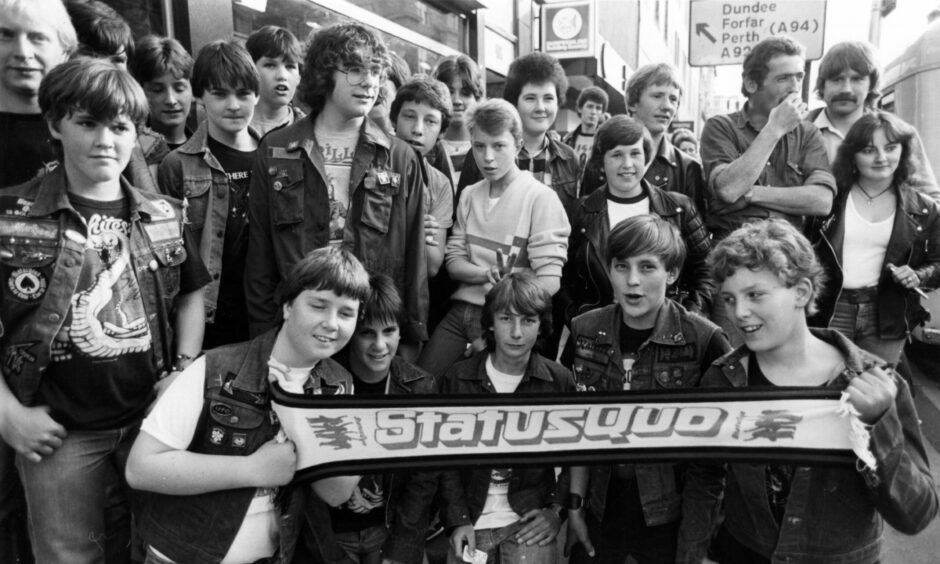
Status Quo have been performing in Aberdeen since the 1960s and the band has kept pounding the chords through triumph and tragedy.
The band that inspired legions of head-banging air-guitarists has performed regularly in the Granite City since forming in 1962 and show no signs of slowing down.
P&J Live was a sea of stone-washed denim when they performed on November 25 after extending their Out Out Quoing Tour 2022 to include a festive Aberdeen date.
Little wonder given the band’s affection for the Granite City.
To celebrate the band’s 60 years we have opened our archives to look back at some of those gigs including the 1973 concert at Aberdeen Music Hall which sparked a riot!
Shameful scenes in 1973
Hall keeper Ted Burnett condemned the behaviour as “bloody awful” after fans left a trail of destruction which was claimed to be the worst seen there in 30 years.
Status Quo performed on the 1973/74 Hello! Tour and the 12-song setlist included In My Chair, Roll Over Lay Down, Don’t Waste My Time, Caroline and Mean Girl.
The scene which awaited cleaning staff told a sorry tale the morning after the September 25 gig which would make headlines in the Press and Journal.
It was quite the list!
- More than 20 wooden seats ripped out and splintered
- There were pools of vomit from the front row to the back
- Heaps of empty cans and bottles littered the stage and passageways
- The women’s toilet was strewn with paper floating in about an inch of water
Angry staff spent most of the day trying to clear up the aftermath of pop hysteria.
“It’s just bloody awful to think that youngsters can act like that,” said Mr Burnett.
After 26 years in the job he’d seen his fair share of pop concerts.
That night’s incident ranked as one of the worst.
Status Quo took the cake at Aberdeen Music Hall
He didn’t put all the blame on the fans and also rounded on the organisers.
Mr Burnett said: “There was a seething mass of people round the stage and on it with what seemed to me to be no proper control from the organisers.
“That’s when most of the damage to the seats happened, but some of the ones upstairs have been ripped out as well.”
The Quo didn’t exactly cover themselves in glory either.
They left the Green Room with cake plastered over the walls and floor, carpets twisted and stained, chairs overturned and cigarette ends everywhere but in the ash trays.
But all was forgiven (eventually).
And the band has returned many times to pump up fans in the Granite City.
So how did the band get started?
The origins of the Quo date back 60 years to 1962 and a band called The Scorpions, formed in second year at Beckenham’s Sedgehill Comprehensive School.
Francis Rossi and fellow 13-year-old school orchestra member Alan Lancaster were joined by Jess Jaworski on organ and Barry Smith on drums.
They became The Spectres, playing their first gig at the Samuel Jones Sports Club.
The following year they were joined by John Coghlan, who left the Shadows-inspired band The Cadets to replace Barry Smith.
The boys were still at school, but in 1964 they hired local gas fitter Pat Barlow as manager.
He proved his worth by getting them a residency in Café Des Artistes in London’s Fulham Road.
In 1965, as The Spectres, the band toured Europe.
After a couple of flop singles, The Spectres morphed through another couple of incarnations before becoming Status Quo in 1967.
Rick Parfitt finally joined after several years around the band in other groups.
Status Quo’s discography is quite something.
They have released around 100 singles since 1962 including hits like Caroline, Whatever You Want, Rockin’ All Over The World, Down, Down and Dear John.
The years wore on.
And on.
There were highs and lows, flops, fails and injuries.
Reports of their touring demise in 1984 were greatly exaggerated.
The End of the Road Tour included a performance at the Capitol Theatre in Aberdeen.
The Stage reported: “It’s not hard to see why Status Quo have decided to put an end to their touring days.
“In fact the only surprise is that they have had the stamina to carry on for so long without losing half their audience to exhaustion,” wrote the clearly exhausted reviewer, who marvelled throughout her piece that the band had lasted 20 years without changing its image or musical style.
She went on: “Even before they played their first number the audience was on its feet chanting and cheering and they remained on their feet for the whole performance.
“Predictably, the band’s final tour is drawing capacity crowds and each audience is made up of long-haired, blue-jeaned fans of both sexes.”
Over and out?
Thankfully the band returned to open Live Aid in 1985 at Wembley Stadium and they supported Queen on the Magic Tour in 1986 after going back to the studio.
In 1990, Irish promoter Peter Aiken said much more prophetically: “They are still a good band and they tell me that a few new numbers being written at present will keep up their popularity for a long time to come.”
The Quo were crowned Britain’s hardest-working band and fans in the north would watch them perform regularly in Aberdeen during the 1990s and noughties.
A festive gig by the Quo was a highlight at the AECC.
The December 17 2007 concert was among the band’s best with the decibels only turned down for a brief festive sing along of Jingle Bells with the audience!
“I absolutely love playing in Aberdeen,” said Rossi.
“The fans up there are really up for our shows.
“That is why we keep coming back because we are guaranteed a fantastic time.
“We play there virtually every year and it is always a great night.
“And besides I really love that Scottish accent they have up there in Aberdeen.
Status Quo have enduring love for Aberdeen
“People are always saying ‘you’re not still together are you?’ but as long as we enjoy what we do I don’t see why we should stop.
“We want to make it to about 90 and still be going strong.”
Rick Parfitt broke it down further before performing at the AECC in 2009.
“I know it’s part of the tour, and one of the dates that we always do, but we do really look forward to getting up to Aberdeen,” he said.
“And I’m not just saying that. The Aberdeen audience is always amazing. It’s a great feeling coming out on to the stage there. Some nights you’ll feel really knackered and achy, but then something happens as soon as you get out on the stage. I don’t know what it is, but something just clicks and away you go.
“Aberdeen is our farthest-flung UK gig; it’s a long way to travel; it’s always so cold, but there’s just something about it. There’s a great atmosphere; everyone’s ready for Christmas, and in the party mood. It’s like that last week of school: everyone’s looking forward to spending time at home, but we want to have one hell of a party first.”
Playing in the city became an annual pilgrimage for the evergreen rockers before the band was struck by tragedy in 2016 when Parfitt died at the age of 68.
Before Parfitt’s death, the toll taken by his heart attacks was such that he was told he could no longer do live shows and he had already given his blessing to guitarist Richie Malone stepping in as his replacement so the band could continue performing.
Rossi continued touring under the Status Quo moniker following his passing.
The ‘status quo’ has never changed in 60 years – they continue to unite generations of rockers together under one roof to abandon themselves to the pounding beat.
Long may they continue!
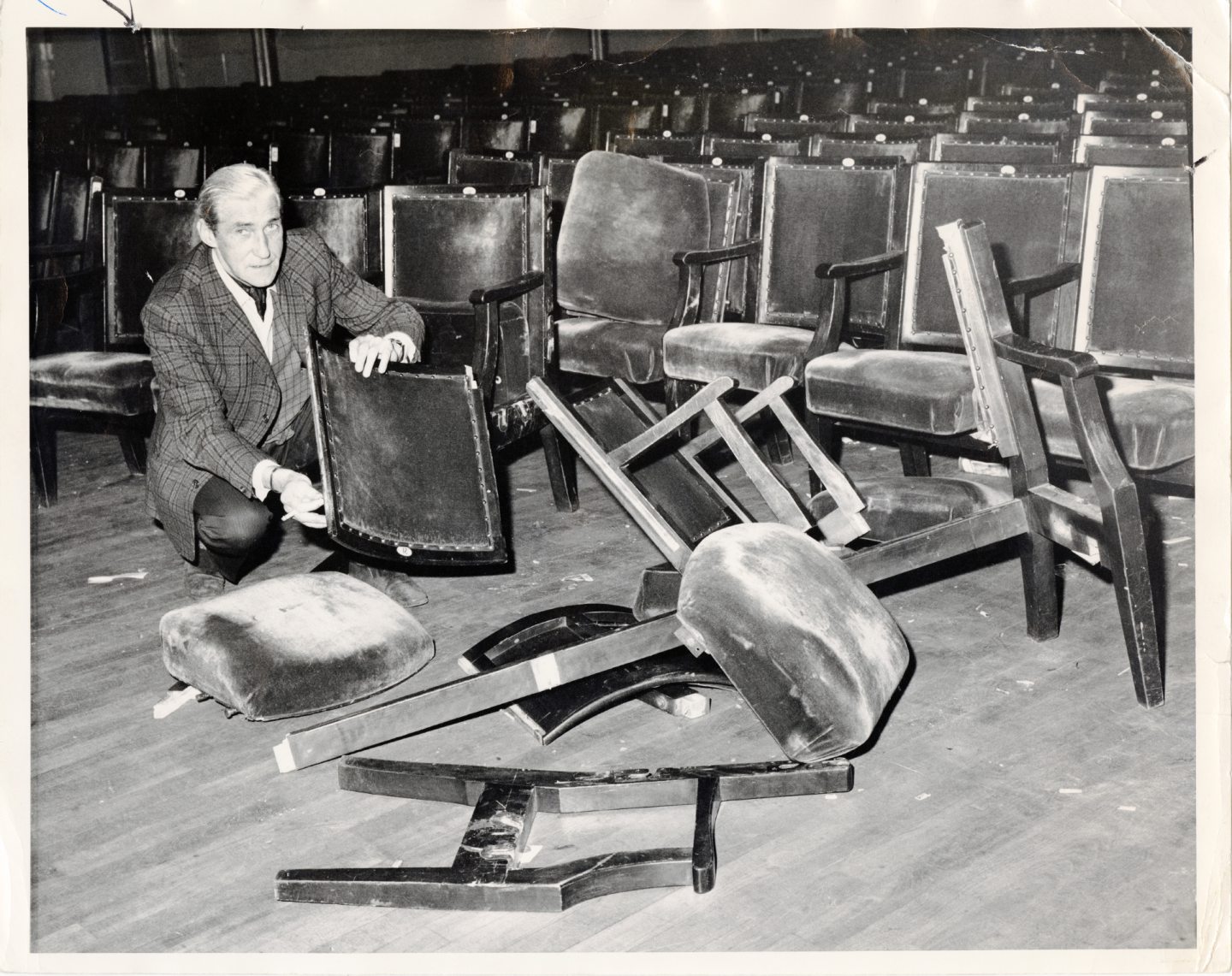
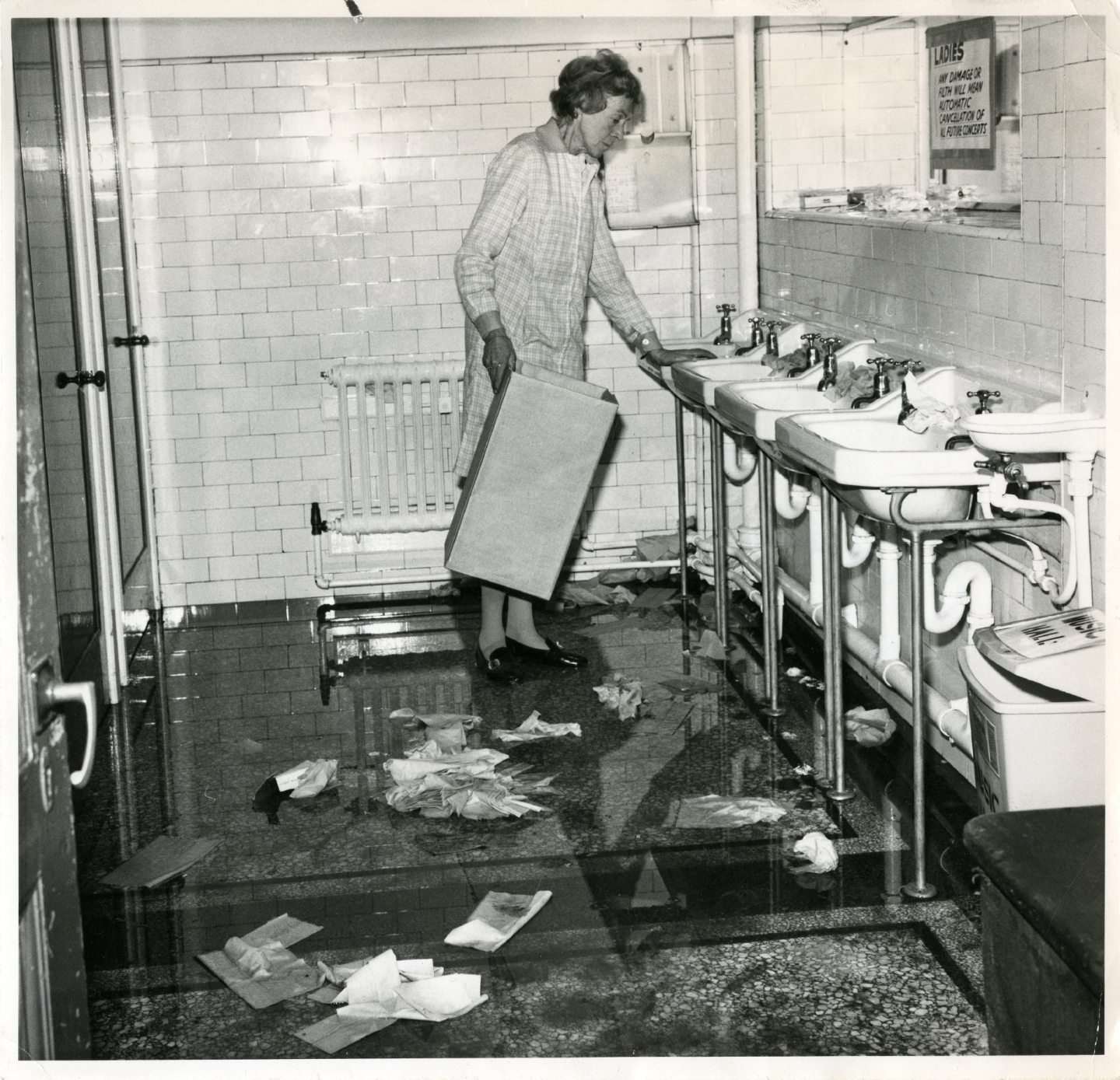
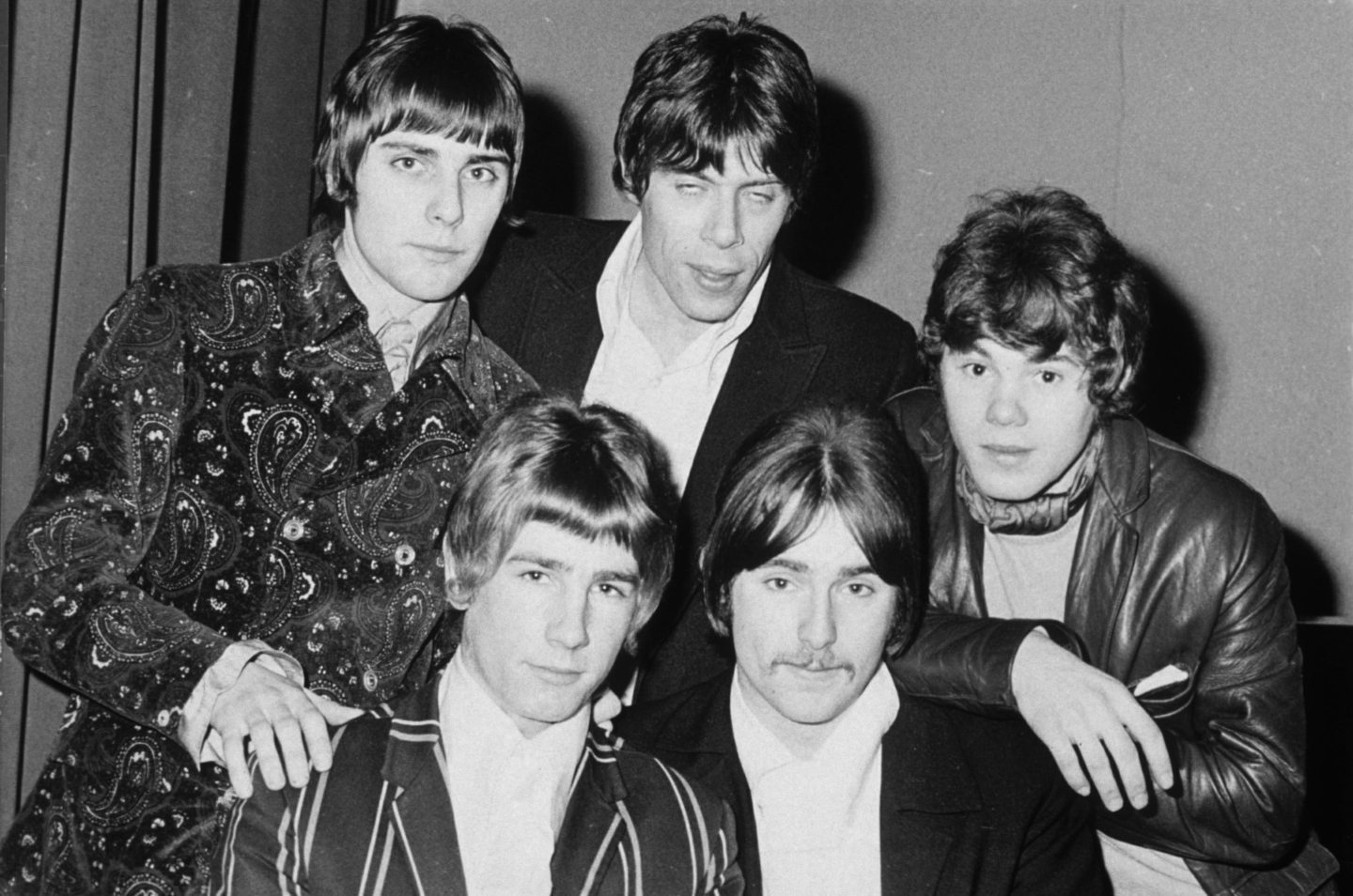
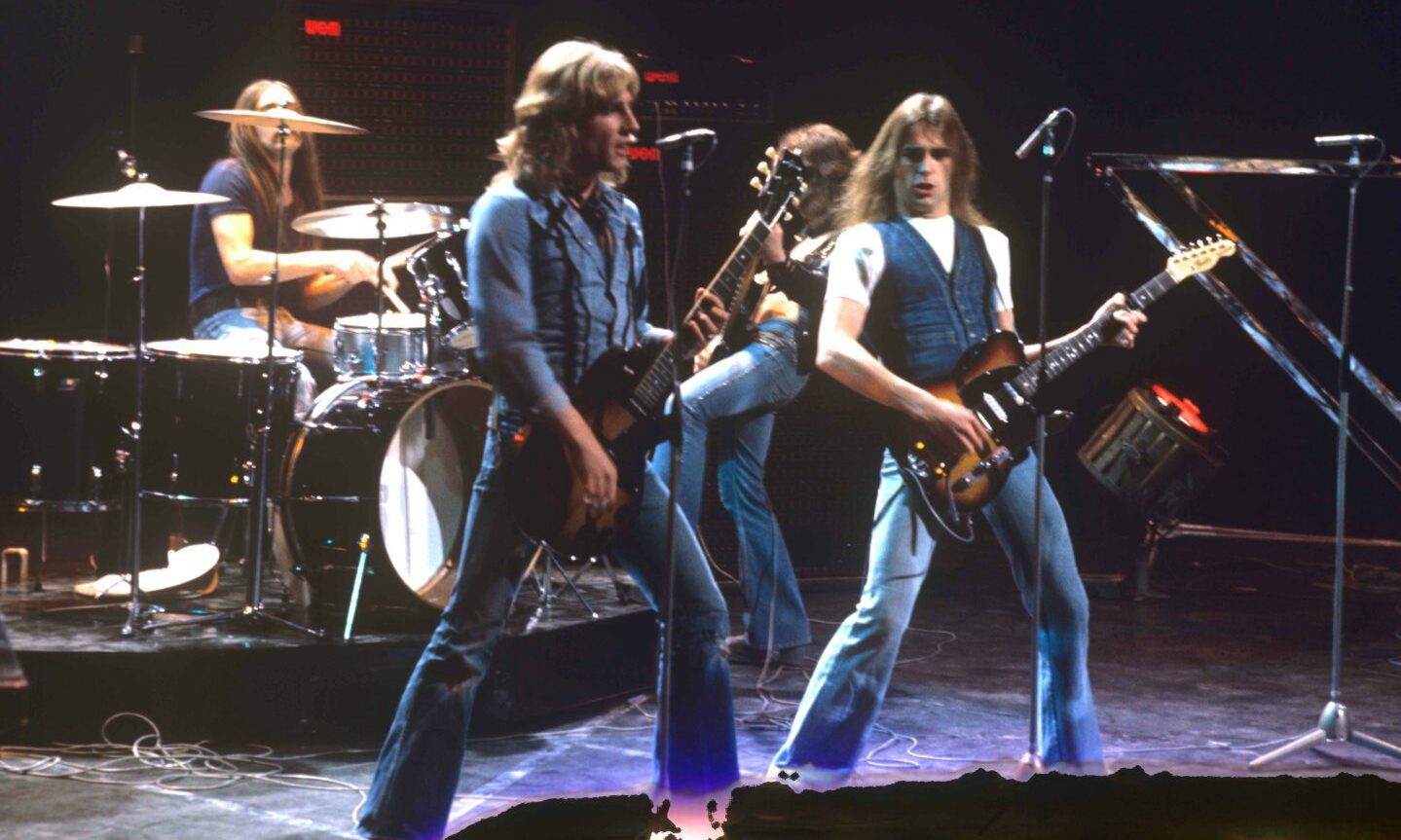

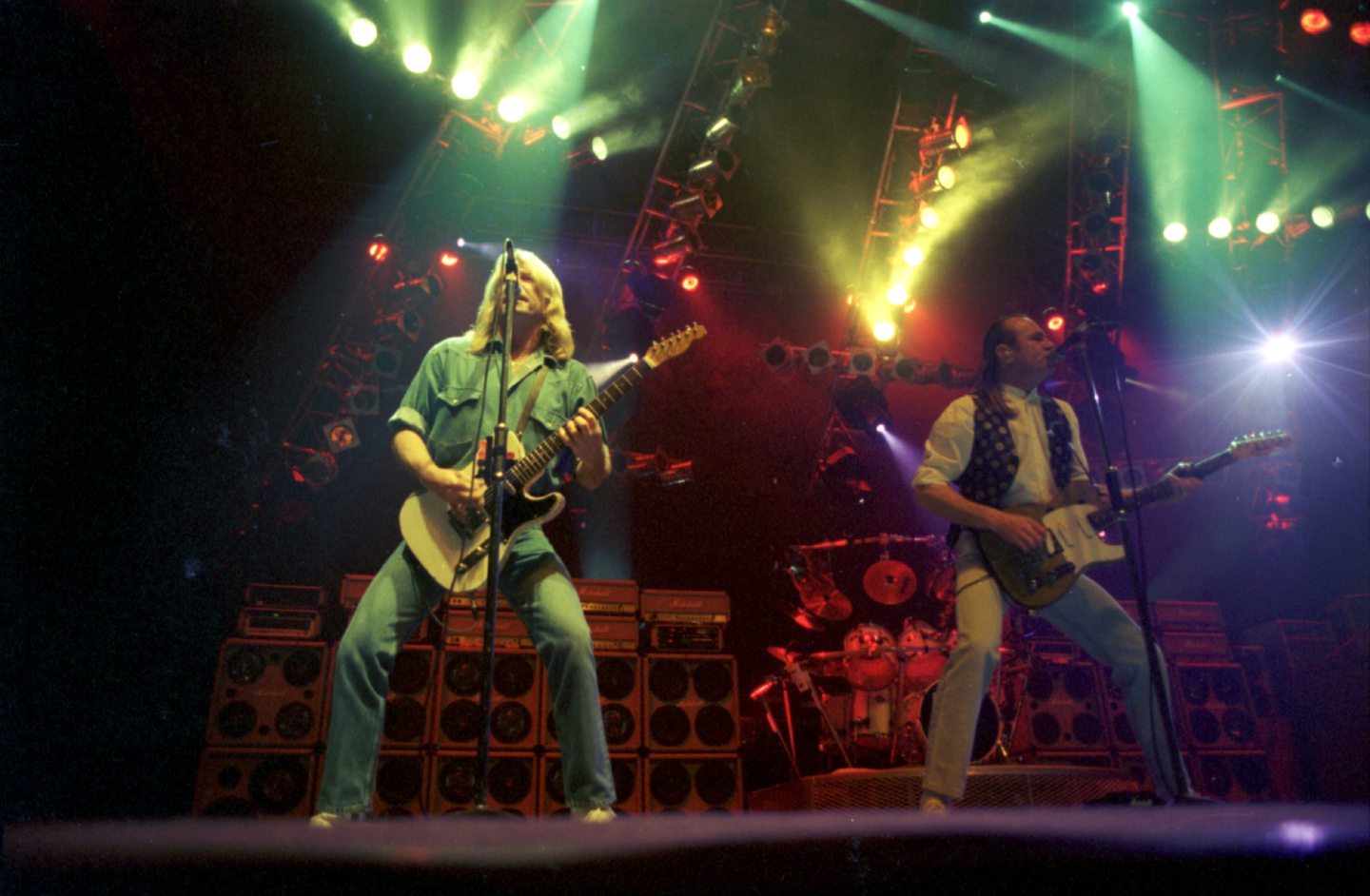

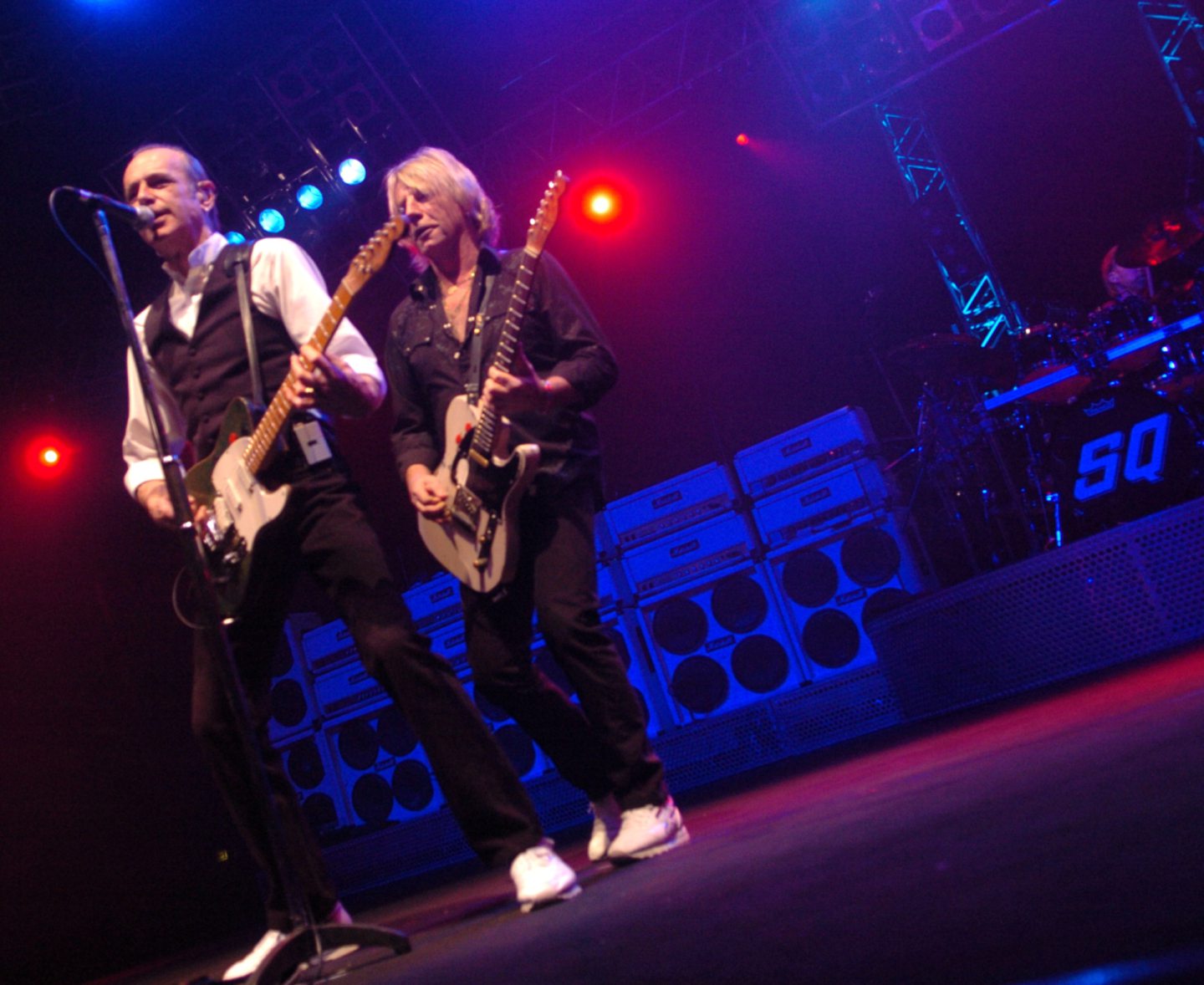

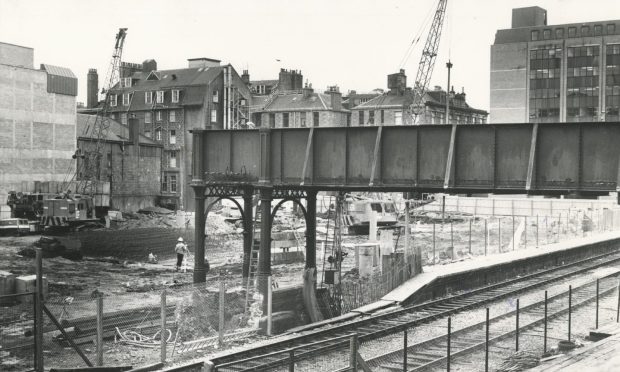
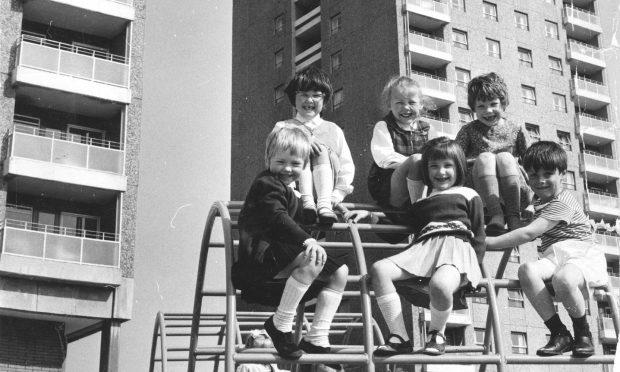








Conversation